A school compound lying vacant for years in the Hakka village of Chuen Lung gets reinvented into a photography resource center and lab with a focus on community development. Chitralekha Basu reports.
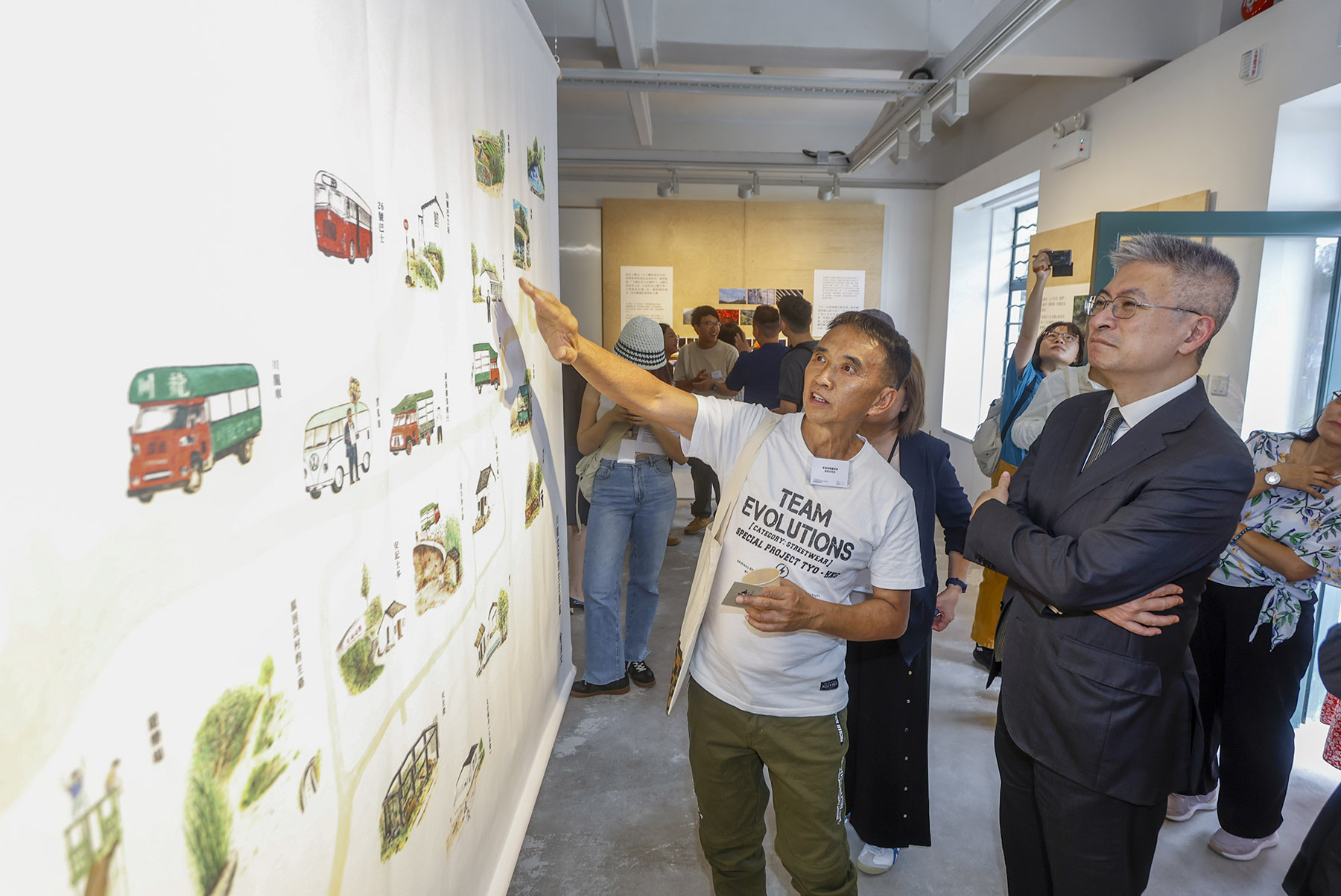
Tsang Kim-man points at a dilapidated shade. It has seen much frenetic activity in the ’60s and ’70s, when Tsang was a boy. He recalls how trucks arrived at the crack of dawn to take back baskets full of fresh produce — watercress, green beans, Chinese broccoli and lettuce — to the wholesale market. Just about everyone in the Hakka village of Chuen Lung, from elderly women to small children — who had a lot of fun picking out the bugs from the vegetables — was involved in the process.
As the years rolled by, the trucks stopped coming. Many villagers left Chuen Lung’s agrarian setup for more-urbanized neighborhoods. Those still relying on farming as their main source of livelihood preferred to cart their harvest to Market Street in Tsuen Wan on their own.
READ MORE: Hidden gems in your backyard
Tsang’s repertoire of the stories of old Chuen Lung would have been lost too, in the natural course of things. Luckily, his accounts of local history have found a home for safekeeping. Koon Man School, which Tsang attended and which has been defunct for many years, was recently turned into a cultural facility and resource center for learning and experimentations in photography. Run by the Hong Kong Photographic Culture Association (HKPCA), the newly revitalized Koon Man Space is committed to celebrating and sharing the distinctive culture, history and ecology of Chuen Lung by hosting community-oriented programs and public exhibitions. At the Space’s opening on May 9, Tsang stood proudly next to his not-to-scale map of the village, with quaint drawings showing houses, farmed patches and dirt tracks — many of which have since disappeared — recounting the stories behind each sketch to every visitor who stopped to listen.
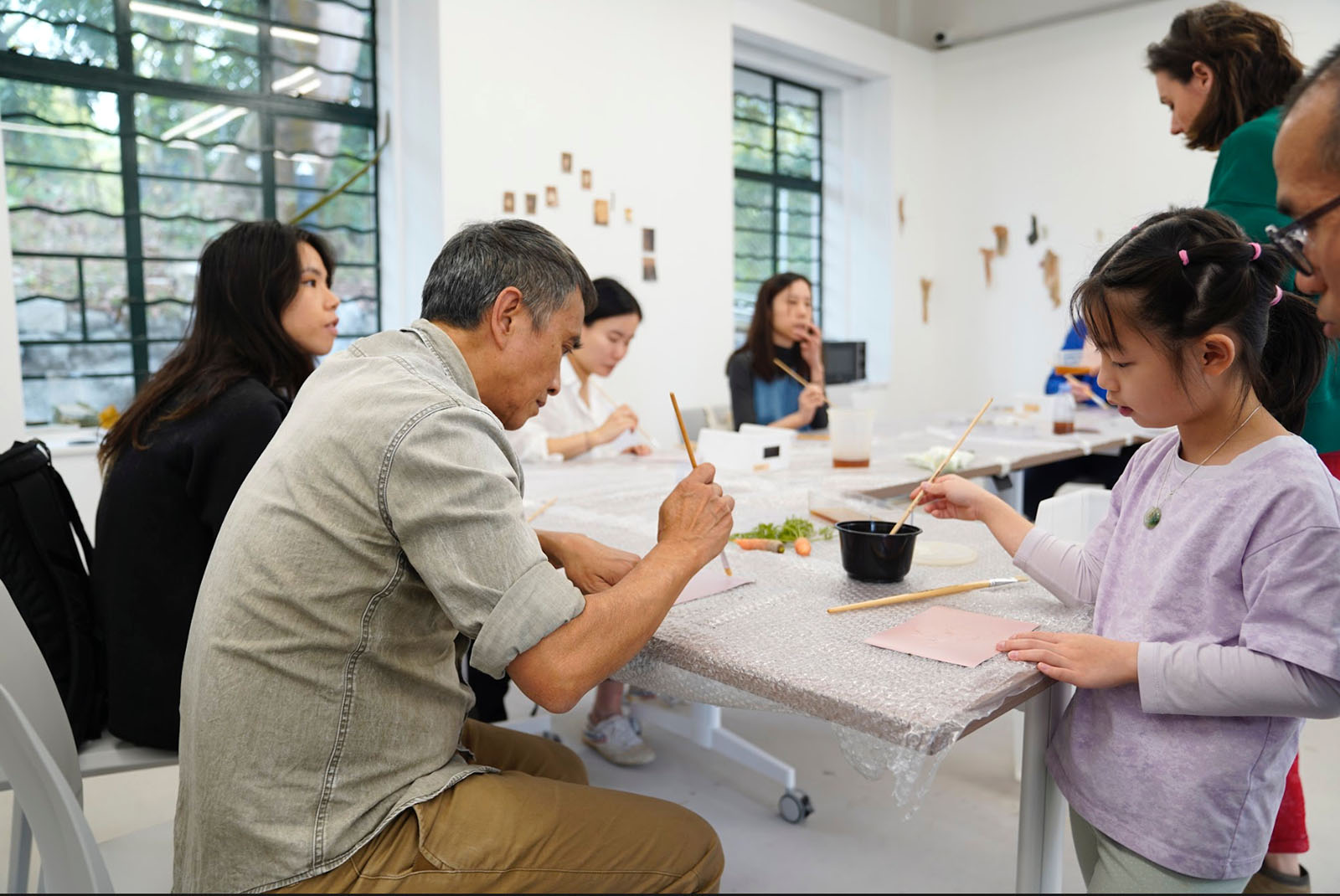
Creative storytelling
The revitalization of Koon Man School was conducted under the aegis of the Hong Kong Special Administrative Region government’s Development Bureau, which manages the “funding scheme to support the use of vacant government sites by nongovernment organizations”.
“With over 60 years of history, Koon Man Space is witness to the daily lives of the villagers across generations,” says HKPCA board member Leon Suen. “Koon Man School not only served as an educational establishment but was also a place where villagers would gather. This aligns perfectly with our idea of starting a photography education and resource center in a space that connects people and is community-oriented.”
The HKPCA invited two artists, Ki Wong and Pak Chai, to create the inaugural exhibitions. Over two years of field study, Wong collected old family photos and listened to stories about how and why they were taken. Next, she would go on to make her own artworks, often coming up with subtly defamiliarized versions of the original photos by zooming in on a particular detail, painting over certain areas or creating the impression of decay. For her exhibition, The Rock and the Gaze, Wong collaborated with poet Lau Sim, who tried to unlock the stories trapped in the photographed moments by using the images as writing prompts. The stories he produced are on display alongside the photos that inspired them.
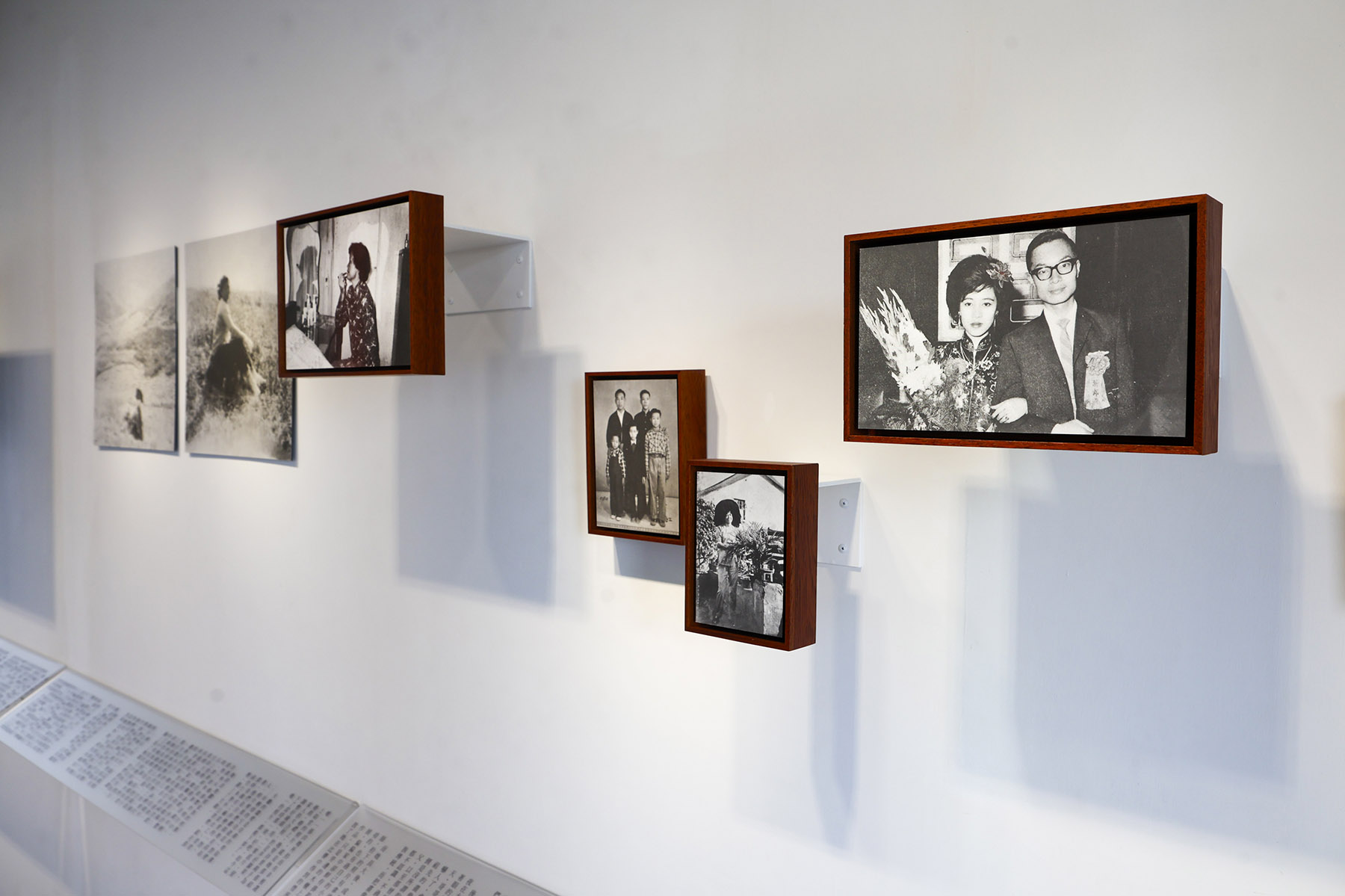
Wong and Chai co-led the second inaugural exhibition, Photovoice: Bits and Bobs from Chuen Lung Villagers. Three participants with sustained Chuen Lung connections, including Tsang, were invited to take photos of the village. Heidi Chak, the daughter of a documentary photographer Chak Wai-leung and herself a teacher of photography, found beauty in the gutter. Her photos of the moon reflected in a puddle resonate with her trying to come to terms with her father’s death in 2021. Chan Wai-cheong decided to revisit some of the locations in the photos in an old family album and click them again, presenting the old and new versions in a series of collages.
Tsang set out to look for the flora and fauna he remembers from his childhood, with mixed results. He admits that “trying to capture a bygone time… to go looking for certain things embedded in my memory — such as fruits of mulberry trees and canistels” is a bit of a futile exercise. “Being armed with a camera has made me realize that many of those things cannot be found anymore.”
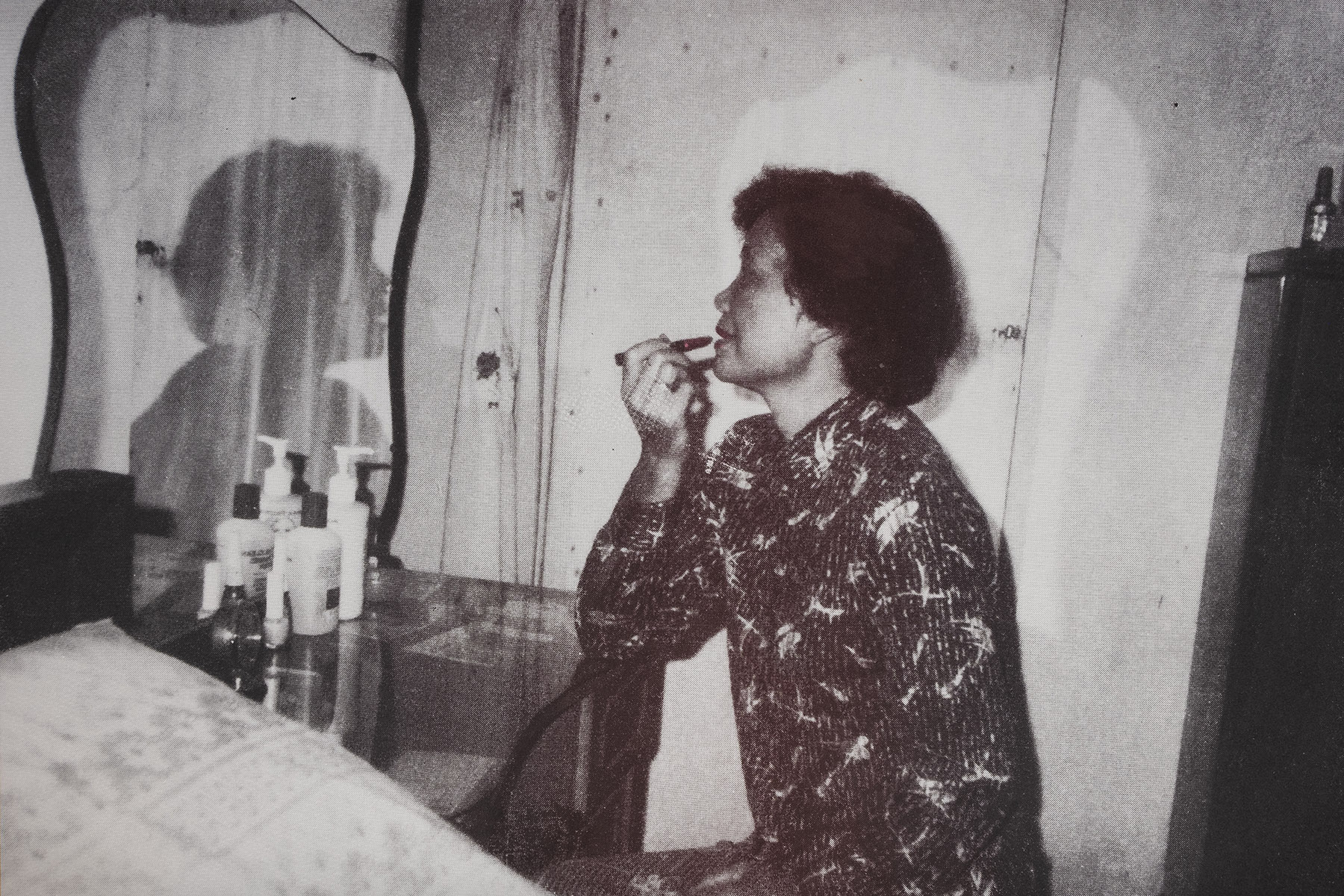
Suen, however, points out that the point of Photovoice lies elsewhere. The program has motivated the participating villagers to take a renewed interest in their home turf, produce fine pieces of “creative storytelling” — made particularly special by “the incorporation of personal narratives”. All of the above “contribute to the cultural enrichment of the neighborhood, fostering a deeper understanding and appreciation for its history and the lives of its residents”.
Besides, Koon Man Space is envisaged as a platform where traditional wisdom meets modern viewpoints. As Suen puts it, “Through the medium of photography, a profound connection is forged between this centuries-old Hakka village and contemporary life, sparking meaningful conversations, deepening people’s understanding of Chuen Lung, and preserving the precious memories of its residents through creative expression.”
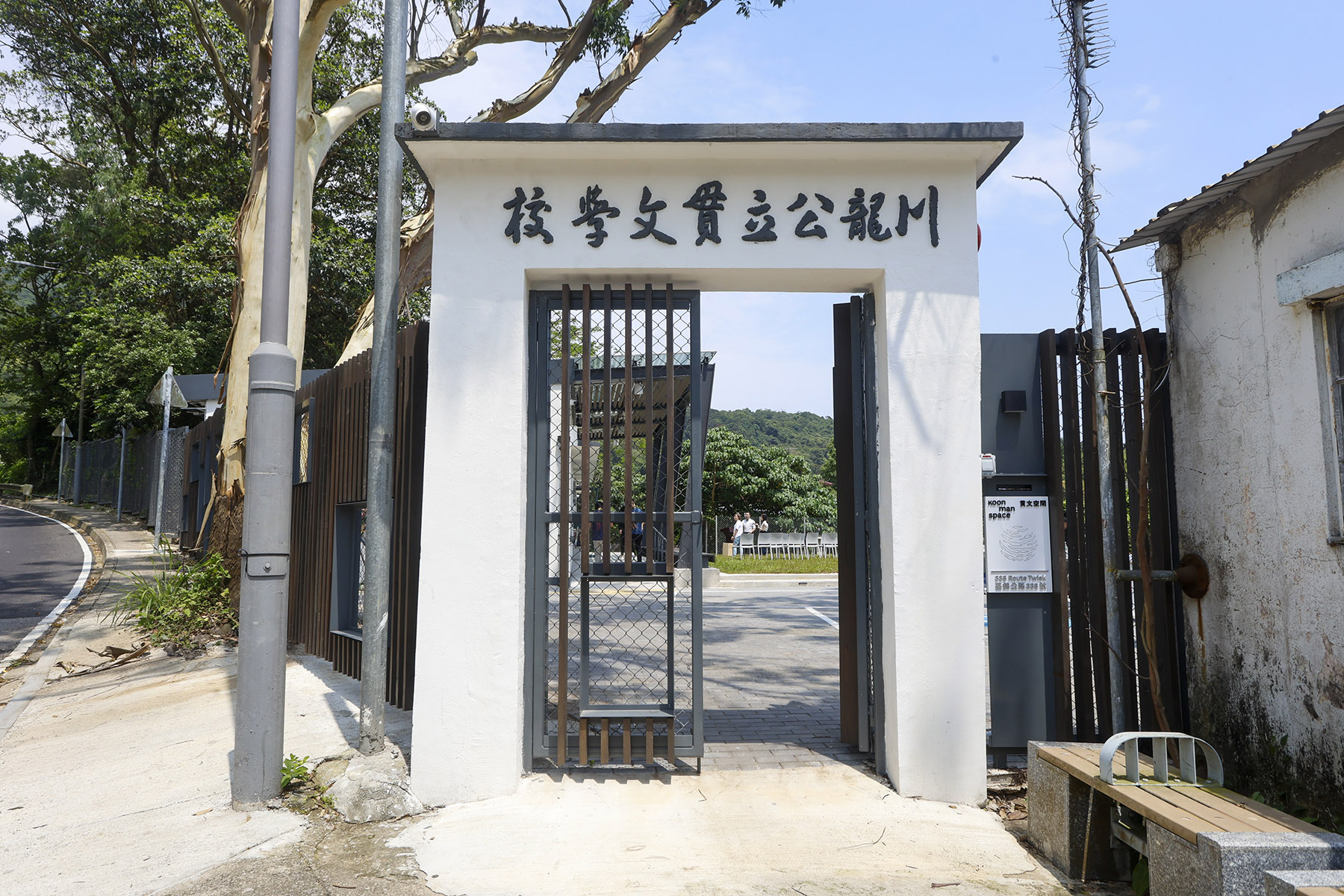
Watercress solution
During her residency at Chuen Lung in March, Alice Cazenave stumbled onto a homegrown developing agent — organic watercress. “I had never tried it as a developing agent before. I was interested in it because watercress has a capacity to clean water,” says Cazenave, who is part of the UK-based arts collective, The Sustainable Darkroom.
After the experiment proved successful, Cazenave ran a workshop to demonstrate the technique. “Participants enjoyed touring the watercress farm, seeing where it grows, and then transforming it into chemistry on site for our workshop.”
In the course of her monthlong stay in Chuen Lung, Cazenave had found a new developing agent, “developed a new method of evaporating off waste chemistry to recover ingredients that could be reused and mixed into new chemistries” and networked with “universities, institutions and artists interested in ecologically minded photographic processes”.
One of her most prized takeaways from the program, however, is the “opportunity to connect the history of Hong Kong and its ecologies with research at the forefront of sustainable photographic practice”.
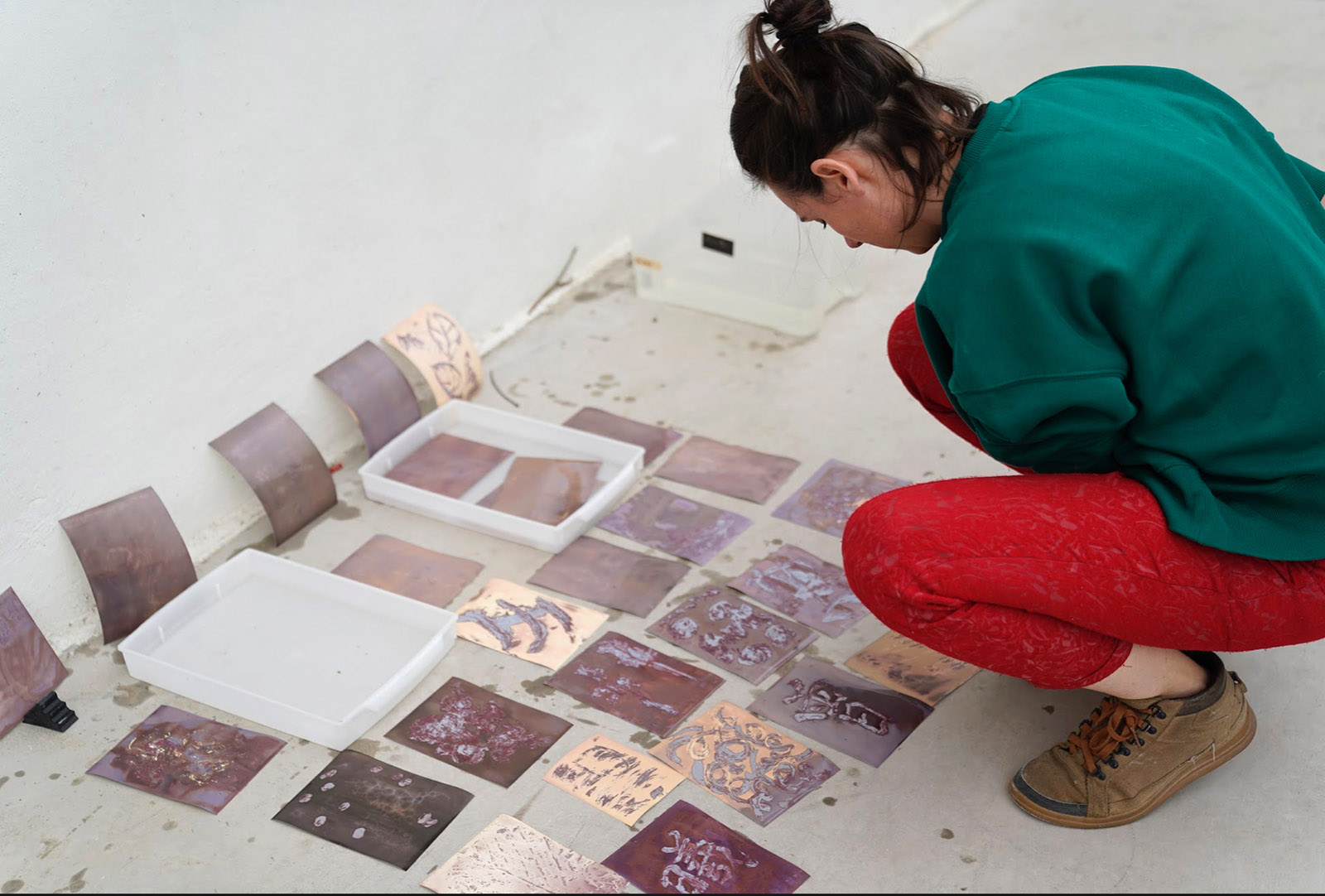
Eco-tourism, anyone?
The welfare and all-around growth of Chuen Lung remain on top of the HKPCA’s agenda. Among the raft of programs and public events scheduled in June is a fair at which both villagers and artists will offer the fruits of their labor — locally grown produce and homemade treats in the case of the former, and artworks in that of the latter.
“This event not only highlights the talents and products of the villagers but also fosters a sense of pride among the locals and helps forge close connections between them,” says Suen. “By supporting and promoting local businesses and artistic endeavors, we aim to strengthen the bonds within the neighborhood and contribute to its overall well-being.”
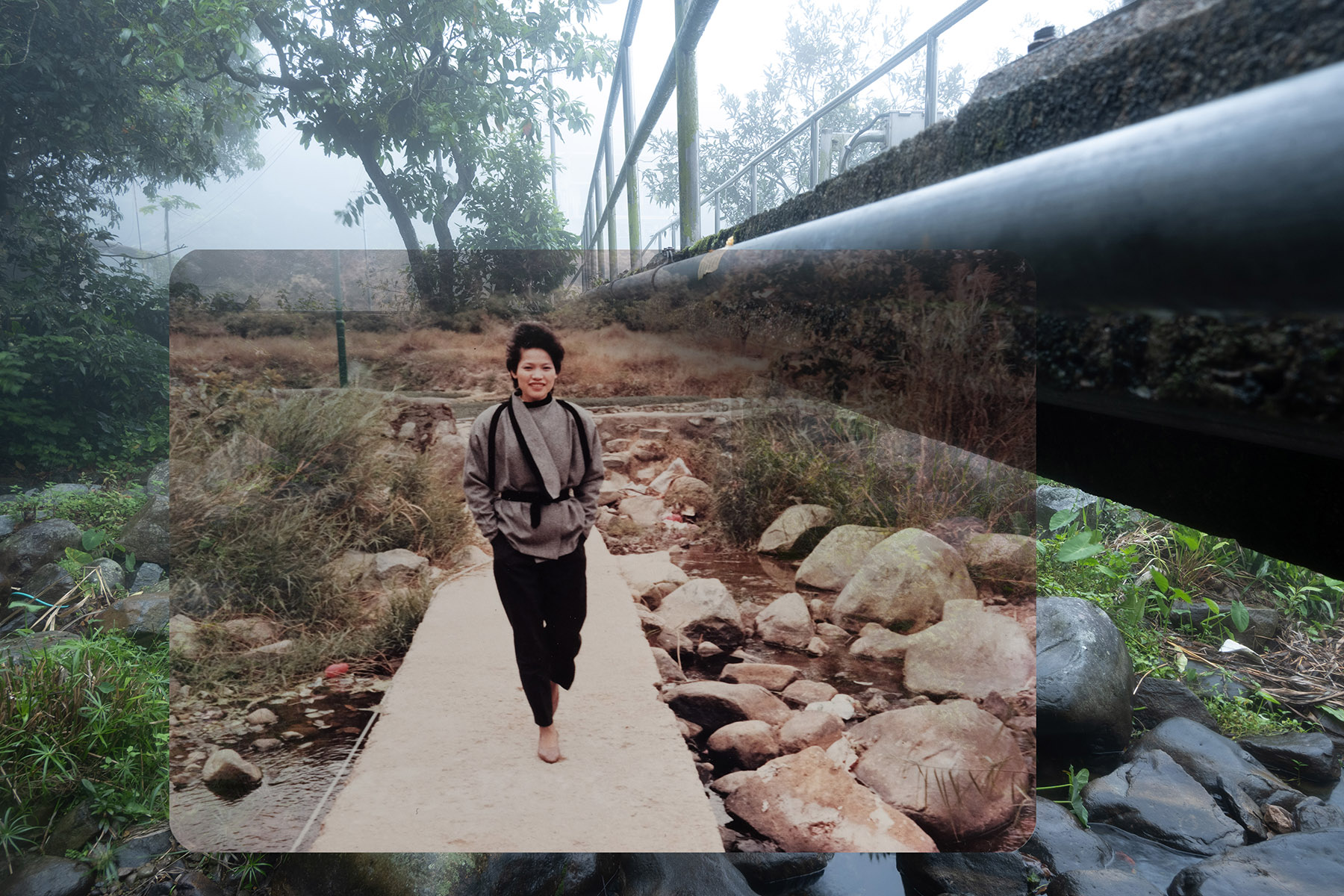
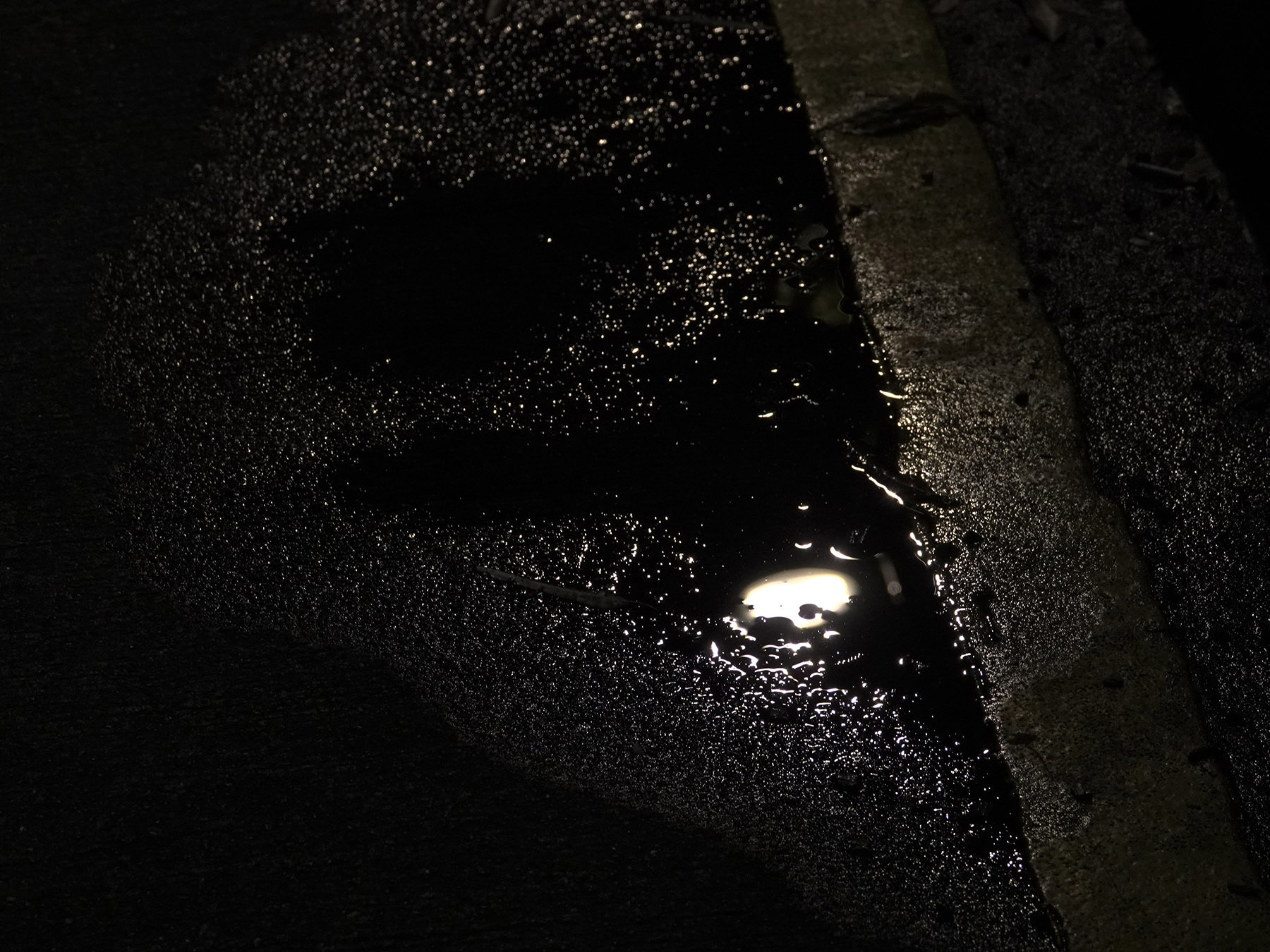
However, in the long run, Suen would like to see Koon Man Space serve a demographic that’s not limited to photography enthusiasts and the local community. “We envision it as a go-to place — for families, schools, and young individuals seeking both leisure and educational activities. We hope that it will be known as a space that provides a holistic learning experience encompassing not only photography but also the captivating history, ecology, landscape and culture of Chuen Lung.”
ALSO READ: GBA to play vital role in promoting Chinese culture and fostering unity
He is also hopeful about the facility’s potential as a tourist destination. “We aspire for Koon Man Space to evolve into a tourist spot, drawing visitors from far and wide who are eager to immerse themselves in the unique offerings of Chuen Lung.”
If you go
Koon Man Space: Inaugural Exhibition
Dates: Through Aug 4
Venue: Koon Man Space, 338 Route Twisk, Chuen Lung village, Tsuen Wan


